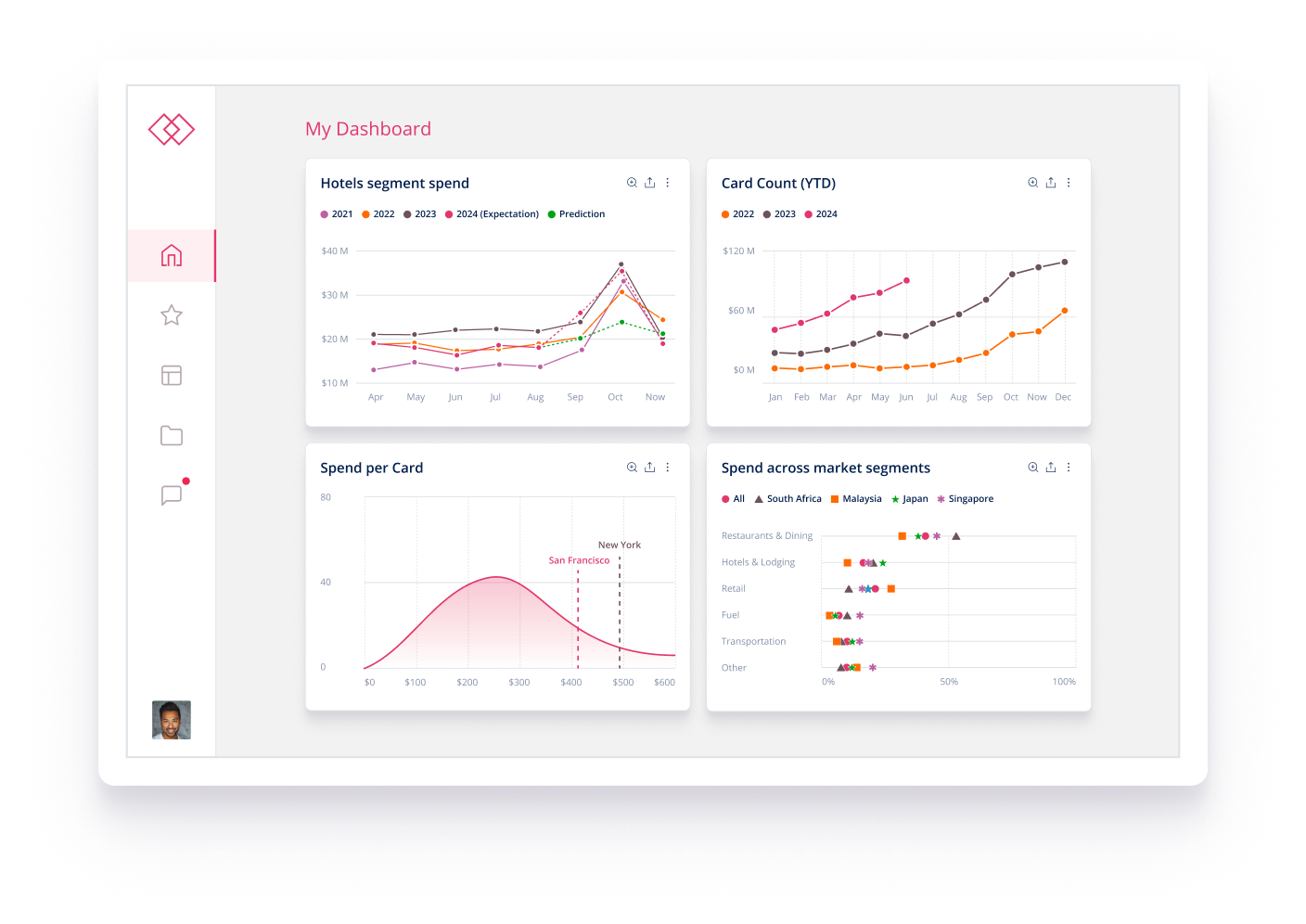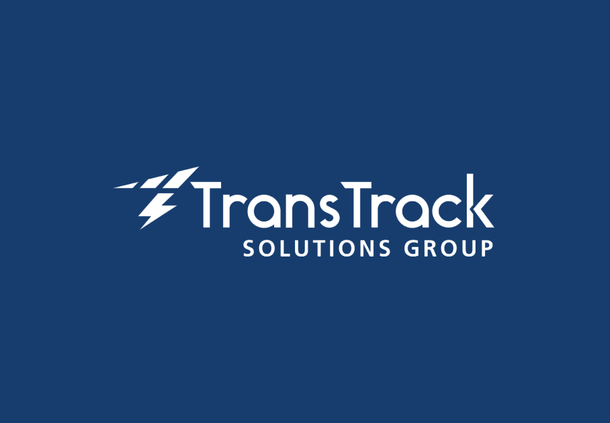Data analytics for financial services
Deliver financial insights to where they’re needed most with our AI-fueled analytics software.

Data-driven insights for your financial enterprise
Leverage your data to enhance decision-making, streamline performance and help customers.
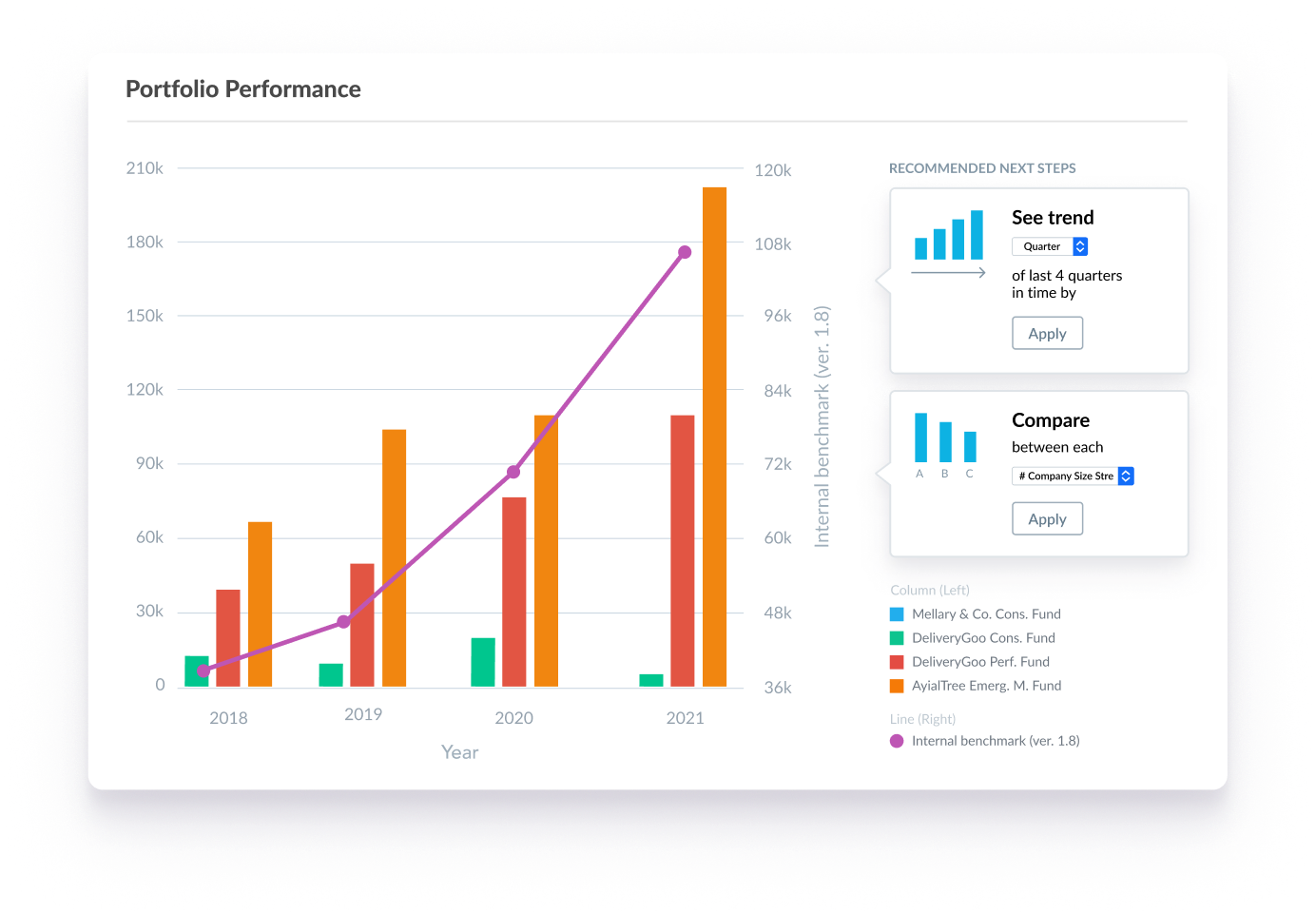
Effortless financial analysis
- Create automated processes for reconciliation, balance sheets, and other bookkeeping tasks.
- Real-time analysis enables quick, informed decisions in the dynamic financial market.
- Customizable reporting allows users to focus on KPIs, such as cashflow and inventory turnover.
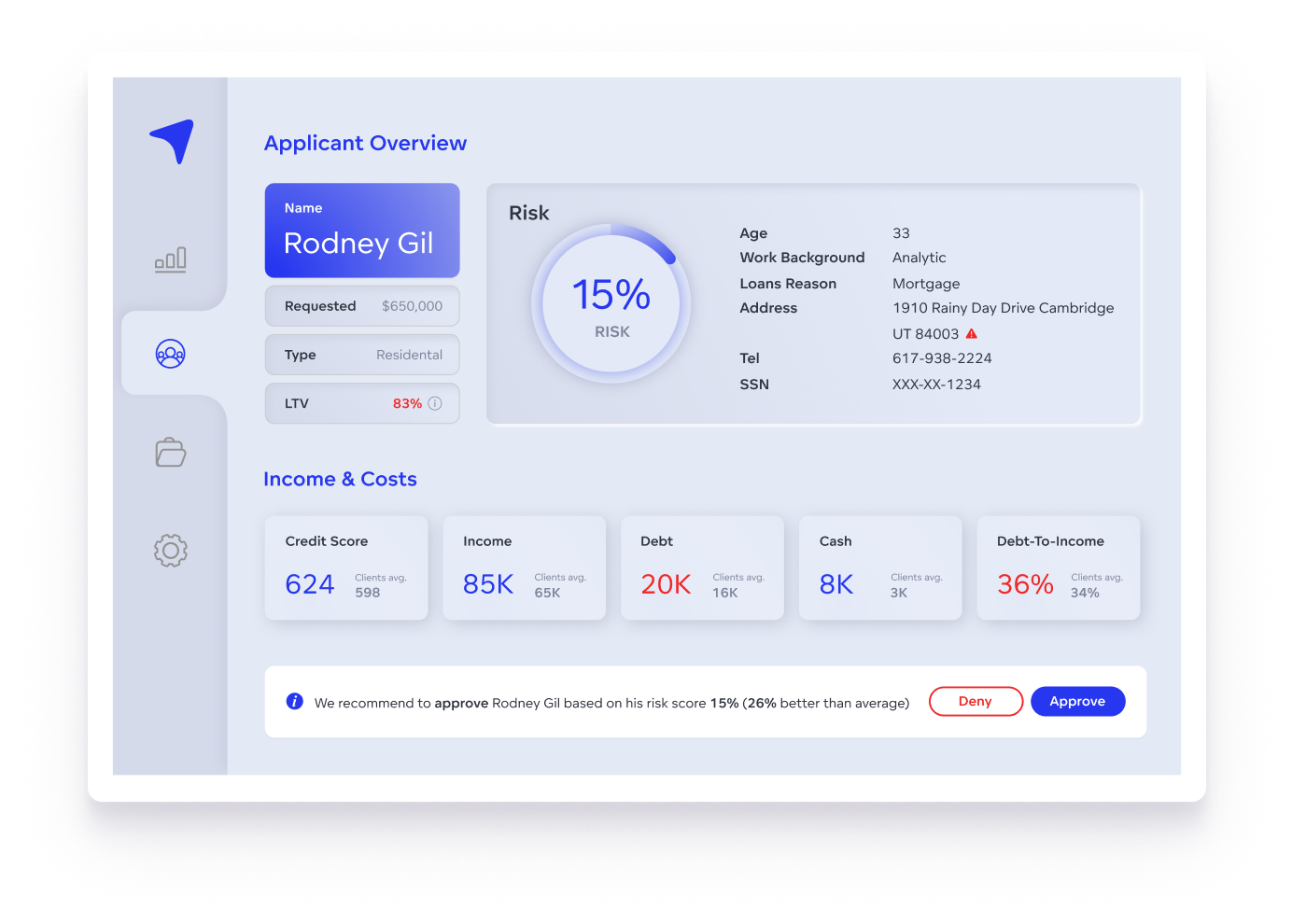
Mitigate risk and ensure compliance
- In-depth monitoring of data to promptly identify irregularities and fraudulent transactions.
- Security and governance features ensure financial data is always kept in the right hands.
- Tie compliance data analysis to automated alerts to meet regulatory standards.
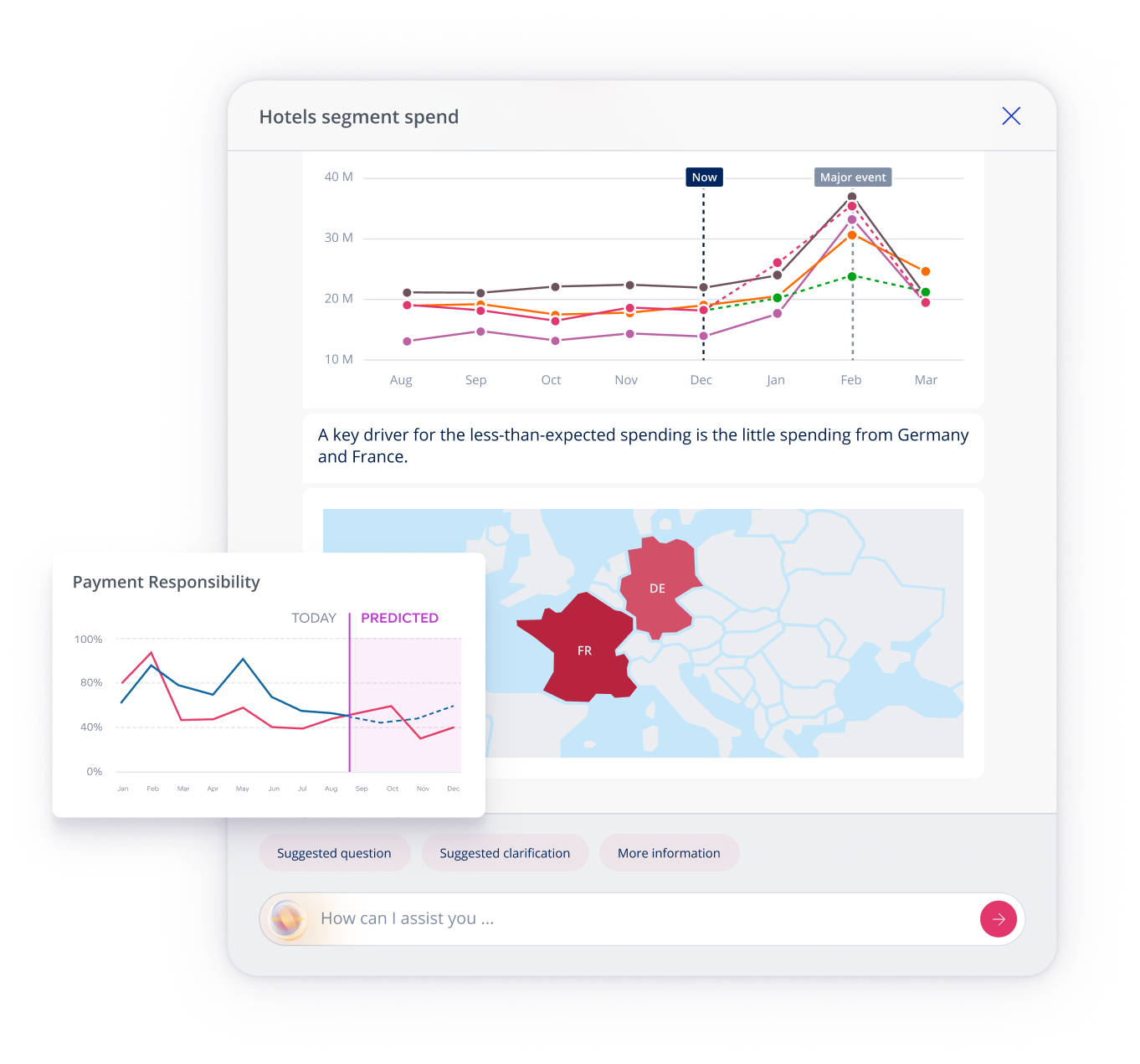
Spot anomalies and future trends
- AI-fueled market forecasting allows financial organizations to adjust strategies proactively.
- Identify unusual patterns or discrepancies in data to address issues before they escalate.
- Stay ahead of competitors by adapting to emerging shifts in customer spending.
Dive deep into our success stories
Examples of financial services dashboards
Check out some of the ways financial companies are using dashboards.
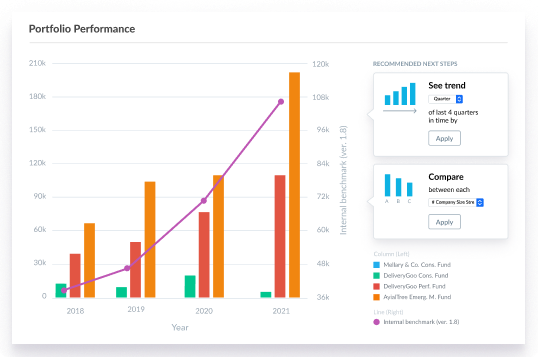
Self-service portfolio management
Investors can easily track the performance of their portfolio in real-time, and use forecasting to predict future trends.
- Effortless tracking of KPIs
- Accurate benchmarking for better decision-making
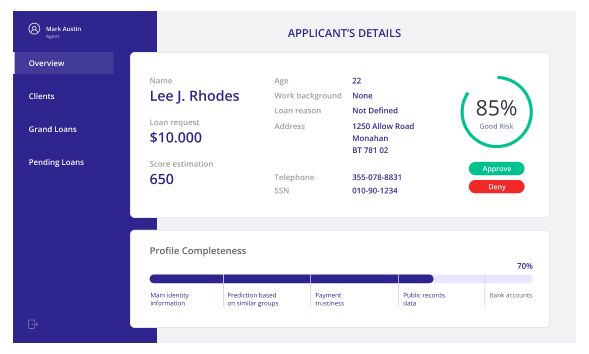
Shows client backgrounds at a glance
Loan officers can decide whether to approve or deny a loan with a user-friendly dashboard embedded into their system.
- Drill into data for deeper insights
- No tech background required to use the simple interface
Discuss your use case with us
See how GoodData can help with your analytics goals.
Why choose our analytics platform?
Reasons why companies love our analytics platform include:
Smoothly implement in your ecosystem



Deploy in GoodData Cloud
GoodData Cloud is a SaaS product operated and maintained by us. Customers receive continuous code updates and it can be deployed in AWS, Azure, and multi-region.



Deploy Self-hosted
Self-hosted uses the same codebase as GoodData Cloud and is ideal for users needing enhanced security, governance, or control for data residency or regulatory compliance.





Integration
Open APIs and declarative SDKs — connect to code repositories and 3rd-party apps, embed anywhere.




Security and governance
Trusted analytics — certifications, inherited permissions, and cascading content changes for easy admin.




Accessibility
Accessible analytics — ensuring compliance and delivering inclusive experiences.







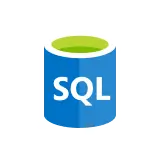












A trusted platform, loved by users


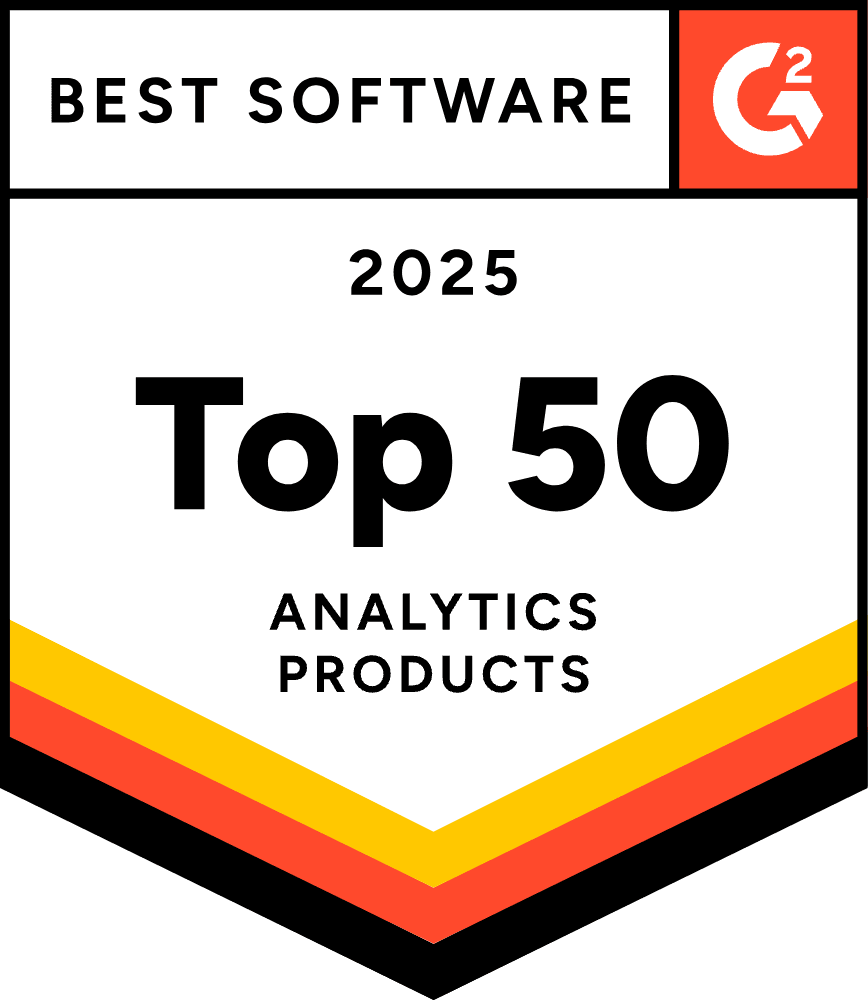



Common financial services analytics questions
Data visualization plays a pivotal role in financial analytics, transforming intricate datasets into accessible and comprehensible insights.
Visualization techniques such as charts, graphs, and dashboards provide a visual clarity that enhances overall comprehension. These visual representations facilitate the identification of trends, patterns, and relationships within the data, offering a quick and intuitive understanding that may be challenging to achieve through raw numerical analysis.
One of the significant contributions of data visualization in financial analytics is its role in effective communication. They bridge the gap between data analysts, decision-makers, and stakeholders, ensuring that everyone involved can understand and act upon the insights derived from the data. Whether presenting market trends, risk assessments, or portfolio analyses, visualizations make it easier for diverse audiences to grasp complex financial concepts, fostering a collaborative and informed decision-making environment.
Finally, data visualizations play a crucial part in real-time monitoring and decision support. Dashboards with real-time visualizations enable financial professionals to monitor key performance indicators (KPIs), market fluctuations, and other relevant metrics promptly. This real-time monitoring is crucial for making timely decisions and responding to changes in the financial landscape.
Financial services analytics software offers a suite of functionalities to handle and interpret vast amounts of financial data. One key aspect is its role in data integration and management, aggregating information from diverse sources like transactions, market data, and customer records. This provides a comprehensive view of the financial landscape and ensures data quality through processes like cleansing, enabling reliable insights.
The software excels in descriptive analytics, providing a historical perspective by identifying patterns and anomalies in financial data. Through intuitive dashboards and reports, it enables users to visualize key performance indicators and metrics, aiding in decision-making.
Financial services analytics software also incorporates predictive analytics, employing statistical models and machine learning algorithms to forecast future trends, assess credit risk, and make informed predictions. Additionally, it delves into prescriptive analytics, offering recommendations for optimizing processes, reducing costs, and improving overall operational efficiency.
Financial services analytics involves the use of data analytics and advanced techniques to examine and interpret financial data. This field leverages data-driven insights to enhance decision-making, mitigate risks, and improve overall business performance for financial institutions.
In the world of financial services analytics, professionals analyze large volumes of data to gain valuable insights into customer behavior, market trends, and operational efficiency. They utilize various tools and methodologies to extract meaningful information, ranging from traditional statistical methods to advanced machine learning algorithms.
Key areas of focus in financial services analytics include: customer analytics, risk analytics, fraud detection, operational analytics, market analytics, and regulatory compliance.
Financial services analytics and fintech are closely related but distinct concepts. Financial services analytics refers to the use of data analysis and statistical techniques to extract insights, assess risks, and make informed decisions within the financial sector. This can include analyzing market trends, customer behavior, and optimizing business operations using data-driven approaches.
On the other hand, fintech, short for financial technology, is a broader term encompassing innovations and technologies that aim to enhance and automate the delivery of financial services. Fintech involves leveraging technology to improve traditional financial services, create new financial products, and streamline processes. While financial services analytics is a component of fintech, the latter includes a more extensive range of technological advancements such as mobile banking, blockchain, and digital payments.
Try GoodData yourself
See how GoodData can help with your analytics goals





